
You probably already know how I don’t believe in one diet being perfect for everyone. I’m also definitely a fan of moderation rather than deprivation. Instead of searching for one perfect diet (there isn’t one), focus on creating an eating style that works best for your specific body chemistry and lifestyle.
The flexitarian diet is definitely a method I can get behind because it’s not extreme, includes lots of healthy foods, and is customizable to your specific health concerns/goals. It’s similar to The Qualitarian Way that I cover in my book, The Health Habit.
Ready to eat more vegetables and fruits? Following a flexitarian plan is really more of a lifestyle than your typical regimented diet plan. You may even be eating this way already and don’t even know it!
Let’s take a closer look at what exactly it means to be a flexitarian.
What is a flexitarian diet?
A flexitarian diet is a primarily plant-based diet that allows some flexibility in eating animal products. “Going flexitarian” means you aim to increase the consumption of minimally processed plant-based foods while eating less meat.
Think of it as being a part-time vegan or like a pescatarian who enjoys the occasional steak.
Registered dietitian Dawn Jackson Blatner is credited with introducing the world to the option of being a flexitarian when she wrote her book titled The Flexitarian Diet in 2008.
This sensible and seemingly healthy eating plan, also called the “semi-vegetarian diet” or “casual vegetarianism,” consistently ranks at the top of U.S. News & World Report’s best overall diet plans.
The name “flexitarian” is a combination of “flexible” plus “vegetarian.” There are many healthy aspects of being a vegetarian if you do it right away, including a reduced risk of heart disease, cancer, and diabetes. The flexitarian diet takes these plant-based benefits into account but allows for a little more wiggle room than a traditional vegan or vegetarian diet.
Do flexitarians eat dairy? Like a vegetarian, a flexitarian can consume dairy products like milk, cheese, and butter.
How often do flexitarians eat meat? Flexitarians typically eat meat anywhere from 5 days per week to only 2 days per week, depending upon where they’re at in their flexitarian journey. Tiers of this diet include “beginner,” “advanced,” and “expert.”
Ditching a majority of animal protein was a crucial part of my Epstein-Barr Healing Protocol.
Is it hard to follow a flexitarian diet?
A flexitarian diet is much easier to follow than many other diets because it’s very moderate and flexible in its approach. For example, the raw food diet and keto diet have many potential health benefits but are challenging to follow on a daily basis.
This diet focuses on eating lots and lots of plant foods but being able to give in to a craving for a juicy burger if the urge hits. The flexitarian diet focuses more on addition than restriction, making it a lot easier to stick with (and, let’s be honest, a lot less of a “diet”).
We’re not talking about a fad diet that is hot right now but will be gone with the wind in a couple of years. In 2014, the word “flexitarian” was even added to the Oxford English Dictionary.
So what’s it like being a flexitarian? Let’s take a look at the levels of being a flexitarian, as laid out by RDN Dawn Jackson Blatner:
- Beginner flexitarian: If you’re just starting out on this diet plan, the aim is to give up meat two days per week. Then, limit overall meat consumption the other 5 days to 26 ounces total.
- Advanced flexitarian: You’re totally a meatless vegetarian 3-4 days of the week. The rest of the week, you’re having a max of 18 ounces of meat overall.
- Expert flexitarian: Meat-free is the way to be for 5 days of the week, but the other 2 days, you can consume up to 9 ounces of meat.
No matter what level you’re at in your flexitarian journey, the meat-eating days don’t have to be consecutive and can be spread out throughout the week.
How much does it cost?
A huge plus to the flexitarian diet is that it’s not a “brand” diet, so there’s no must-have exotic or expensive ingredients and supplements required to follow this way of eating.
Would it be better to spend a little more on organic foods, especially when it comes to the Dirty Dozen fruits and veggies? Sure, but it’s not a requirement of the diet.
Plus, eating more plant foods and less meat can actually save you money in the long run. Vegetables are often a couple of dollars versus the cost of high-quality meat, which can quickly run you over $10 for just one meal.
There are no hidden or surprise costs if you decide to become a flexitarian. You simply choose the healthy food you can afford and aim to eat more plant foods and less meat.
Am I supposed to exercise on the flexitarian diet?
As you know, exercise is a healthy addition to any and every way of eating.
Is hitting the gym or going for a run a must as a flexitarian? No — the flexitarian diet is simply a flexible way to eat and doesn’t “officially” need to be paired with exercise.
But again, it’s always a good idea to exercise regularly.
Potential Health Benefits of Going Flexitarian
The flexitarian diet’s potential advantages include a lowered risk of developing heart disease, diabetes, and obesity. Plus, you’ll be less likely to develop nutritional gaps compared to other more extreme diets, like the vegan diet or keto diet. A longer life may be a bonus as well!
Decreased Risk of Diabetes
A 2016 scientific review of 25 studies points out how long-term meat consumption, especially processed red meat, may increase the risk of type 2 diabetes (and several other chronic diseases).
On the other side, the review concludes that flexitarians appear less likely to develop diabetes and blood pressure issues.
The researchers also point out that “while most flexitarians presently seem to be female, there is a clear need to communicate the potential health benefits of these diets to males.”
Weight Loss
A flexitarian diet does not automatically equate to weight loss, but it is a potential benefit if you’re looking to shrink your waistline.
The 2016 scientific review I just mentioned also highlights how followers of a semi-vegetarian diet had lower body weight compared to regular meat-eaters. The review also noted a decreased occurrence of metabolic diseases (such as obesity or diabetes).
Lowered Likelihood of Heart Disease
People who follow a flexitarian diet have an overall reduced risk of heart/cardiovascular disease.
That’s not that surprising, considering that eating more plant-based foods is almost universally considered to be healthier for your heart.
Another study published in The American Journal of Clinical Nutrition followed over 44,000 adults for an average of 11.6 years. They found that vegetarians had a 32% lower risk of heart disease compared to non-vegetarians.
The researchers also noted lower numbers regarding BMI, non-HDL cholesterol, and systolic blood pressure.
So while the second study wasn’t specific to flexitarians, it does make sense that a leaning towards a vegetarian lifestyle comes with the potential for a lower risk of heart disease.
Less Dietary Gaps Compared to Other Diet Plans
Is flexitarian better than vegan? A flexitarian diet may be better than a vegan diet because flexitarians have an easier time meeting their daily requirements for critical nutrients.
Nutrients like protein, calcium, vitamin D, zinc, and omega-3 fatty acids can be easier for flexitarians to consume. Unlike vegans, flexitarians can eat animal products like meat (protein), seafood (omega-3s and zinc), and dairy (calcium and vitamin D).
Vitamin K2 (in grass-fed red meats and cheeses) and vitamin B12 (from meat, cheese, and seafood) are also tough to get on a vegan diet. Fortunately, natto, a Japanese fermented soy food, and plant-based B12 foods offer a few additional options for omnivores.
Increased Lifespan
It’s estimated that almost 50% of heart and metabolic disease-related deaths in the United States could be avoided with proper nutrition. Eating a flexitarian diet is centered around eating more plant-based foods, which many studies have associated with a longer lifespan.
According to one recent study by the American Heart Association (AHA), people who consumed 5 servings a day of fruits and vegetables compared to those who only had 5 servings a day had:
- A 35% lower risk of death from respiratory disease
- A 12% lower risk of death from heart disease and stroke
- A 10% lower risk of death from cancer; and a 13% lower risk of death from all causes
Pass the spinach, right?
Bonus: Flexitarian Diets Are Environmentally Friendly
Some research shows potential environmental benefits for making the switch to a healthy diet centered on plant foods like the flexitarian diet.
An article published in the journal Nature reports that opting for a plant-based flexitarian diet could decrease currently projected greenhouse gas emissions for 2050 by as much as 52%.
Are there downsides to a flexitarian diet?
Just like with a vegan or vegetarian diet, a flexitarian diet can have its pitfalls if you’re not thoughtful about your meal choices.
What are the nutrients that are typically lacking in a flexitarian diet? Consuming a flexitarian diet isn’t commonly associated with a lack of nutrients because no food group is eliminated, and the amount of animal-based foods is entirely up to you.
A great way to make up for the reduced meat consumption is to consume more vegetarian and vegan-friendly protein sources.
As with any diet that decreases meat consumption, a flexitarian needs to be mindful of consuming enough plant-based foods to avoid potential nutrient deficiencies. Protein and iron are some of the top concerns for people who forego meat.
Foods to Eat
If you’re following a flexitarian diet, you will be consuming more vegetarian meals and having meat on certain days in moderation. Blatner recommends a flexitarian diet that provides about 1,500 calories per day if you’re aiming to lose weight.
What a Flexitarian Can Eat:
- Vegetables
- Fruits
- Whole grains
- Nuts and seeds
- Eggs
- Beans and legumes like chickpeas, cannellini beans, and lentils
- Plant-based proteins like tempeh and tofu
- Dairy products like milk, cheese, and butter
- Healthy oils like coconut and olive oil
- Antioxidant-rich spices and herbs
- Meat (in moderation)
Foods to Avoid
Depending on your level of flexitarianism, you’ll be avoiding meat for 2-5 days per week. When you do have meat, you’ll be limiting the overall amount during those meat-eating days, as outlined above.
What a Flexitarian should limit or not consume in excess:
- Meat
- Added sugar, especially refined table sugar
- Refined carbohydrates
One-Week Flexitarian Meal Plan
To give you a better idea of what it’s like eating as a flexitarian, here is a sample week of meal plans for a beginner flexitarian who gives up meat 2 days of the week.
Day 1
Breakfast: Avocado toast with watermelon radish and hemp seeds
Lunch: Mixed green salad with 3 ounces of salmon and toasted pumpkin seeds
Dinner: Zucchini noodles with avocado pesto, plus 3 ounces of a meat of your choice (3 ounces of cooked lean meat or poultry is about the size of a deck of cards)
Snack: Carrot sticks and hummus
Day 2
Breakfast: Oatmeal with nut butter and berries
Lunch: Chicken poblano chili soup
Dinner: Fish tacos with corn tortillas, black beans, cabbage slaw, salsa, and guacamole
Snack: Sliced apple and walnuts
Day 3 (NO MEAT)
Breakfast: Scrambled eggs with sliced tomato and buttered sourdough toast
Lunch: Buddha bowl with spicy black beans
Dinner: Vegetarian chili topped with fresh lime, cilantro, chopped green onion, and unsweetened whole milk yogurt
Snack: Dark chocolate and berries
Day 4
Breakfast: Frozen banana and cacao smoothie
Lunch: Health coach cobb salad
Dinner: 3 ounces steak with sauteed kale and baked potato
Snack: Anti-inflammatory turmeric tea latte and almonds
Day 5
Breakfast: Egg muffins with veggies and turkey bacon
Lunch: Lemony chicken quinoa soup
Dinner: 3 ounces grilled chicken over quinoa with roasted cauliflower and broccoli
Snack: Celery and hummus
Day 6 (NO MEAT)
Breakfast: Purple magic high-fiber breakfast smoothie
Lunch: Black bean soup and guacamole with carrot sticks
Dinner: Tofu stir fry with mixed veggies and brown rice
Snack: Grape tomatoes and mozzarella stick
Day 7
Breakfast: Pineapple spinach smoothie
Lunch: Salad with lots of veggies, chickpeas or other beans, and homemade dairy-free ranch dressing
Dinner: Grass-fed beef burger with baked sweet potato and broccoli slaw
Snack: Kiwi and cashews
Is a flexitarian diet right for you?
A flexitarian diet is typically considered safe and healthy for most people. Thanks to this diet’s flexibility, you can make adjustments to what you eat depending on your health status, nutrition needs, and your personal food allergies or intolerances.
If you’re a diabetic, it’s essential to make sure that you’re not upping your highly-processed carb intake due to giving up meat. Talk to your doctor or nutritionist if you’re having trouble eating the right foods for your blood sugar levels on a flexitarian diet.
Since semi-vegetarian diets can sometimes result in decreased iron intake, pregnant women should be cautious that they get enough iron from plant-based sources and consume ample amounts of iron-rich meat while following this diet.
Going flexitarian was a massive part of my success in healing my Epstein-Barr. It’s a beautiful way to get the best of every single food group while supporting your health at the same time.
If you’re interested in following a more flexitarian way of eating, grab a copy of my book! In The Health Habit: 7 Easy Steps to Reach Your Goals & Dramatically Improve Your Life, I teach you about living a balanced, healthy lifestyle that doesn’t include extreme dieting.
[WPSM_AC id=18462]
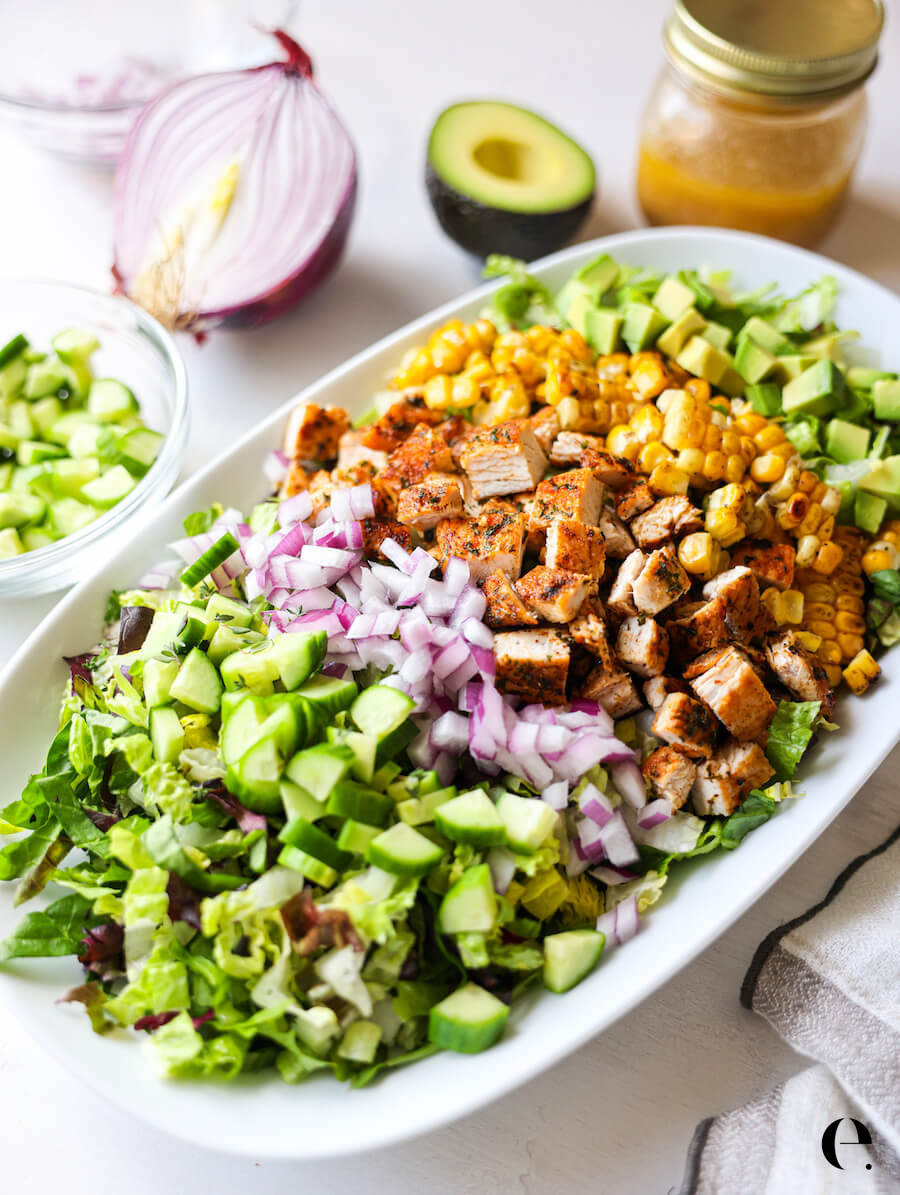

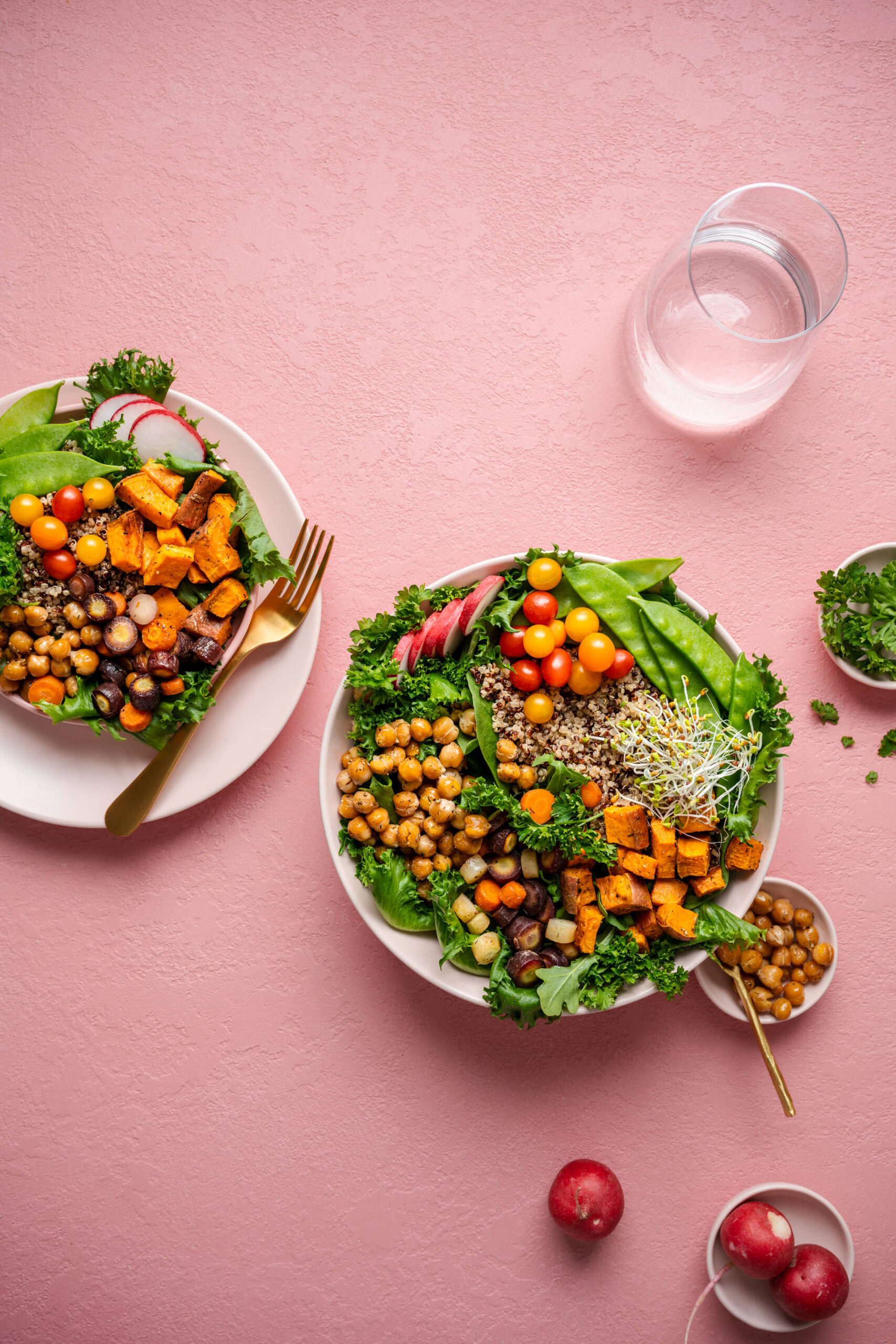
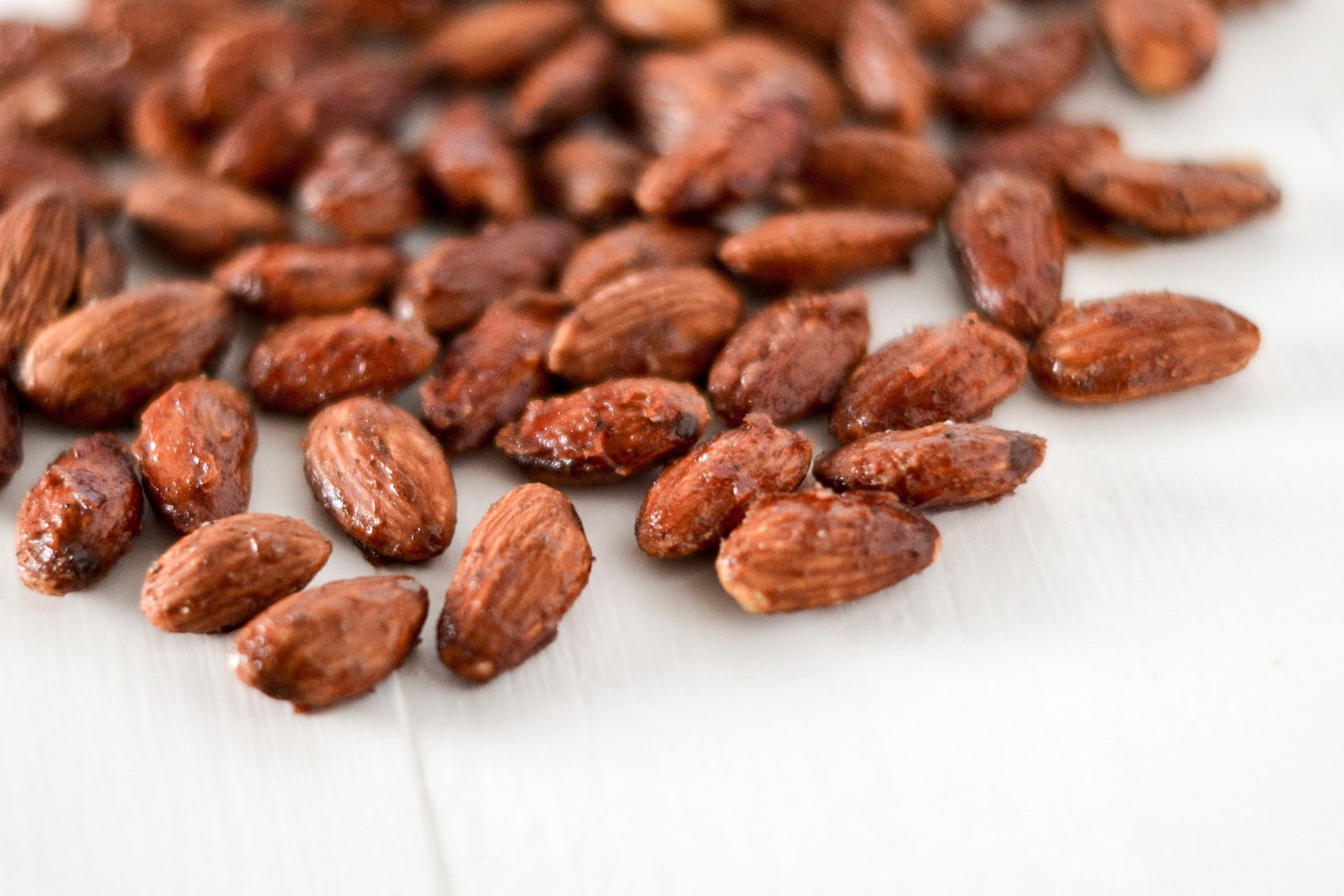
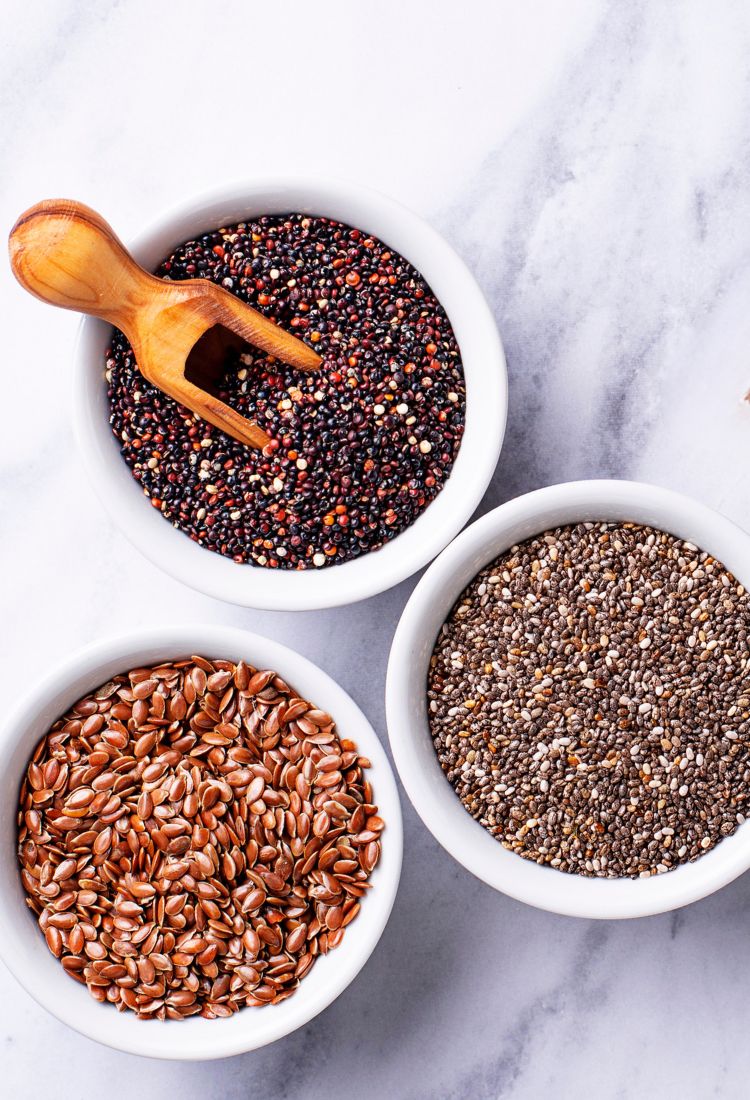
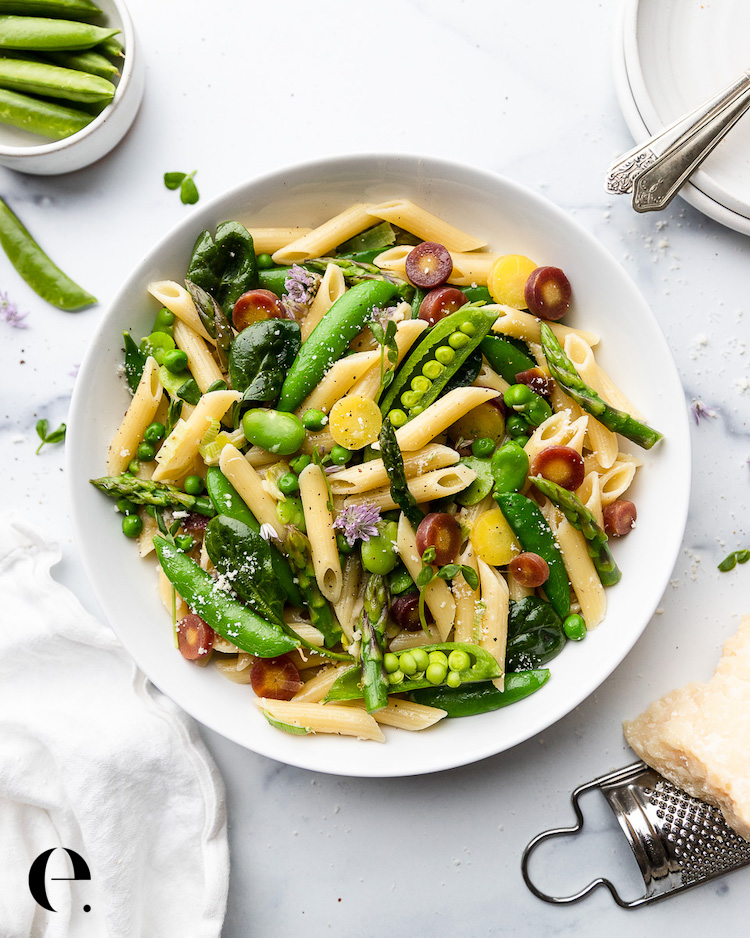

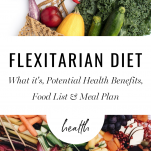
Thank you, Elizabeth for bringing attention to this! Labels must be ditched if you want lifelong health. I see too many people go on and off diets and eating plans only to binge again. Flexitarian makes perfect sense and is healthy.